
About Andrew Cusack
 Writer, web designer, etc.; born in New York; educated in Argentina, Scotland, and South Africa; now based in London.
Writer, web designer, etc.; born in New York; educated in Argentina, Scotland, and South Africa; now based in London. read more
News
Blogs
Reviews & Periodicals
Arts & Design
World
France
Mitteleuropa
Knickerbockers
Argentina
The Levant
Africa
Cape of Good Hope
Netherlands
Scandinavia
Québec
India
Muscovy
Germany
Academica
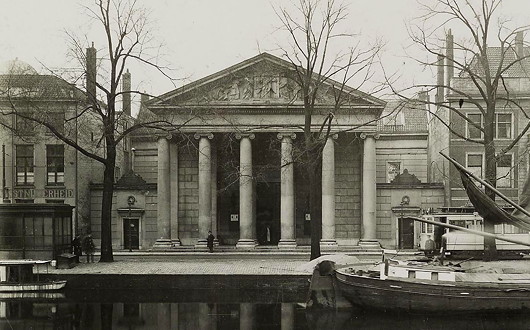
A Horror in the Hague
The old and new buildings of the Royal Academy of Fine Arts
SINCE 1682, the Hague has been home to the oldest art school in the Netherlands, the Koninklijke Academie voor Beeldende Kunsten or Royal Academy of Fine Arts. The school has its origins in the civic corporations of the late medieval period. The Guild of Saint Luke incorporated all the artists of the Hague, and later from this group emerged a self-selecting gang of painters and sculptors who founded themselves as the Pictura Brotherhood. This fraternity in turn founded an academy of art which on its 275th anniversary was granted the royal patronage and name.
Having had previous quarters in the Korenbeurs and the Boterwaag, the Academy engaged the architect Zeger Reyers (or Reijers) to design its own building in the Prinsessegracht in 1839 (above, top). This neo-classical temple to the arts was very much in keeping with the French academic tradition which the school practised at the time, but in later years this fashion faded. Just before the Second World War, the barbarians sacked the temple and erected in its place a Bauhaus-style box (below).
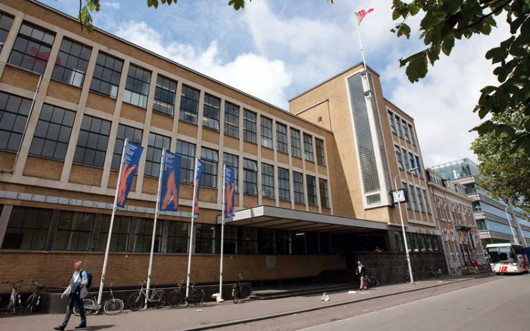
Like all too many changes, it was not an improvement. The functionality of space afforded by the new building was doubtless welcome, but the task could have been achieved without the wanton destruction of a beautiful classical building and an important part of the Hague’s architectural evolution. Evidence of this is provided by the new masters’ keeping much of the galleries of the old building behind the new Bauhaus exterior, while stripping down much of the interior’s classical detail.
The contrast between the Prinsessegracht of old and of new is not a felicitous one. All rather insensitive and scandalous, if you ask me.
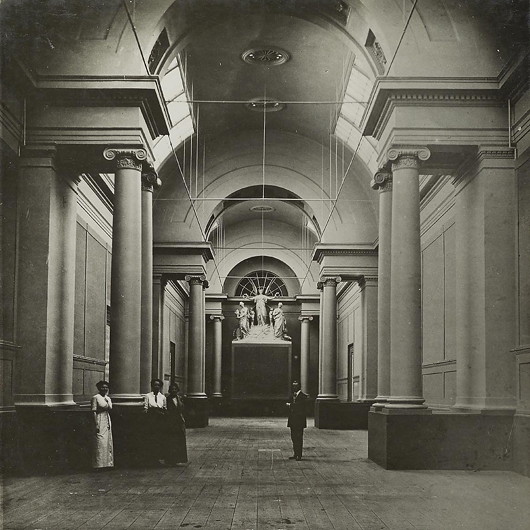
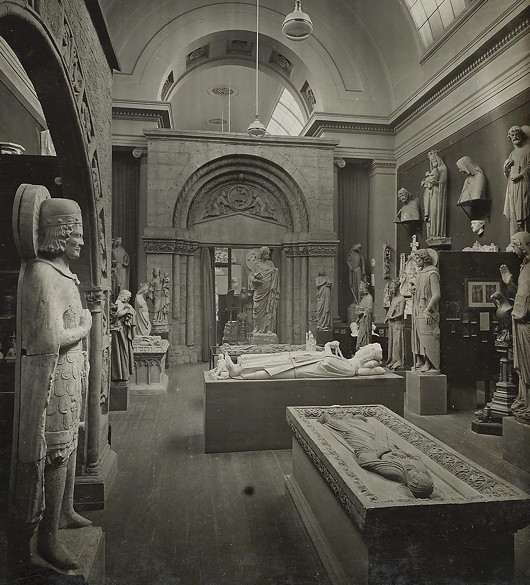
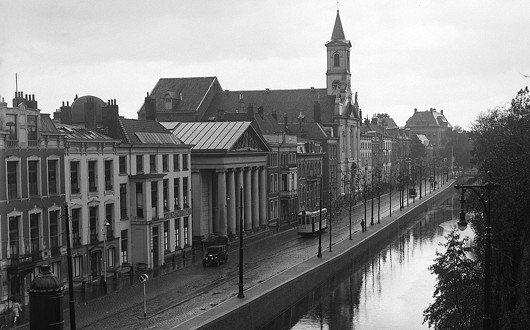
Above: The Prinsessegracht in 1930. Below: The same in 1950.
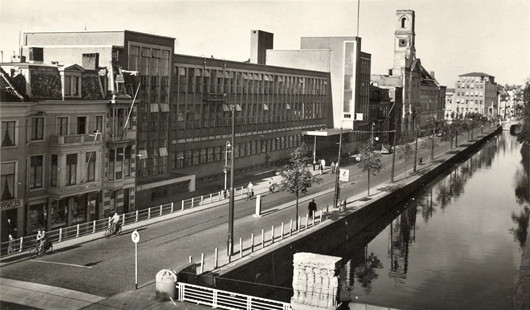
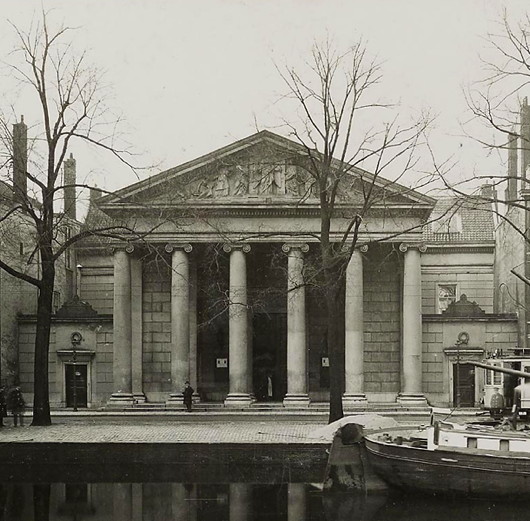
Search
Instagram: @andcusack
Click here for my Instagram photos.Most Recent Posts
- Sag Harbor Cinema March 26, 2025
- Teutonic Takeover March 10, 2025
- Katalin Bánffy-Jelen, R.I.P. March 3, 2025
- Substack Cusackiensis March 3, 2025
- In the Courts of the Lord February 13, 2025
Most Recent Comments
Book Wishlist
Monthly Archives
Categories



Come, come, man; a little less hyperbole if you please.
A misfortune certainly, but not, surely, a “horror”.
The real horror is the nearby Centraal Station and the modern monstrosities surrounding it in ever widening circles. Compared to them the Royal Academy is a vision of grace and beauty.
But, as a relation of two of the founders of the original Confrerie Pictura in 1656, one of whom was still alive in 1682 to co-found the Teekenacademie, I can only applaud your casting of a bright light into a dusky corner of Dutch artistic history.
What a shame. I pass by this building almost daily; it would have been marvellous to see it in full neo-classical glory, of which there isn’t much in The Hague.